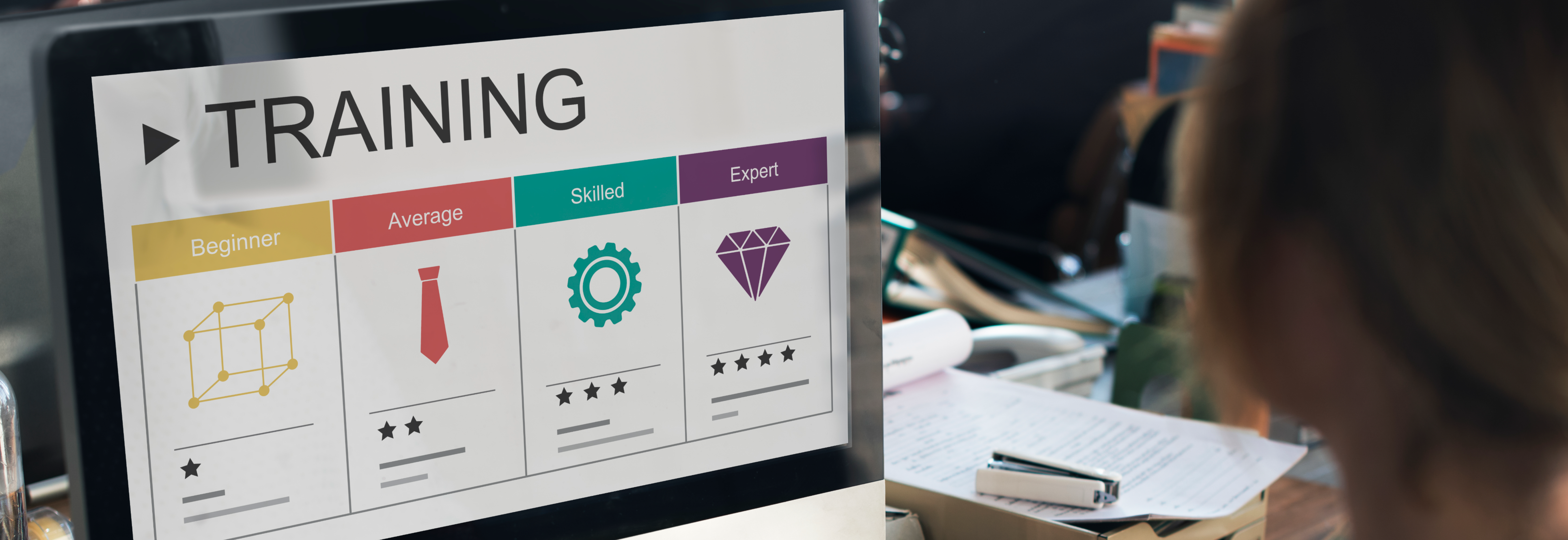“Make me a water dancer and a wolf and not afraid again, ever.”
If you are a fan of Game of Thrones, Arya Stark’s list must remain as a prominent memory for you, even now – the list wherein she mentally engraves all the people who have harmed her or her family. Her ultimate goal is to kill every single one of them; but before that, she must learn how to kill. Perfectly.
It was this one single goal that motivated her to cross seas, continents, and enlist herself under the training of Jaqen H’ghar. Though she started off with a single-minded objective, she had to train a lot to become a ‘no-one’ – a servant of the many-faced god and a perfect killer. And in the process, she kills many other people for the many-faced God, makes mistakes, loses her eyesight before finally completing her training to become an invincible killer!
Why am I telling you this? Coz it’s the easiest way to explain the concept of ‘Self – Directed Learning.‘
Whenever we talk about learning, we know we need to ensure it is ‘self – directed’ to be impactful. So let’s answer a few questions around it.
- What is it?
- Why is it important?
- How can you design for self – directed learning?
While trying to understand this topic a little better, I came across the book Feedback and Practice for Deeper Learning, authored by Patti Shank and she explains this very well.
While at school, students learn mostly as per what is told to them. Whereas, when adults learn on their jobs, it’s primarily through what they need to achieve, a problem they are facing or the need to fulfil a personal aspiration. So, for us to design effective learning interventions, we need to use strategies which encourage self – direction.
Patti in her book, shares some simple steps that can be used at various stages of learning :
Plan Learning :
Table of Contents
This happens towards the beginning of a course/training where a learner is identifying or articulating the goals that they are trying to fulfil. Or this could be at a point when you as a trainer/facilitator is gathering more information about the context of the training. Some of the questions that you could ask to improve self – direction are :
- What are the goals that you are trying to achieve?
- Why are they important to you?
- What resources or tools will you need?
- How will you get enough practice of what you are learning?
- What help do you need to do this better?
Monitor Progress :
This should be taken care of during the middle of the course, when the learner is trying to make sense of all the information in the context of their role or work problem. Here are some questions that you could try to encourage self – direction :
- Does this make sense to you? Is this applicable to what you do at work?
- What are you confused about?
- How is this different/similar to what you do currently?
- What else do you want to know about?
These questions are directed towards helping the learners fit the new training to things they know already and help them identify new ways to apply what they are learning to their current problems.
Evaluate Strategies and Results :
This typically happens after a learner has gone through an experience – such as an experiential activity, a typical scenario, solving a problem or doing a role play. They are in a position to apply the new information received to test out its effectiveness. Below are some questions that you could use to encourage ‘self-direction’ I :
- How did you feel about it?
- What worked well for you? What didn’t go that well?
- What could be your next steps?
- What do you need to keep going?
- What will you stop, continue and start doing?
Lets try and put this to test to a corporate training example.
During the onset of the Covid 19 pandemic, many well known training institutions opened up free courses that could be taken up by anyone who was interested. Let’s imagine that an institute has decided to open up a course on ‘Becoming More Resilient’. And let’s consider that we have 2 learners who have signed up for this course – an individual struck with job loss and a teacher trying to help his students.
How can the course help encourage self – directed learning so that learners benefit from the course. Take a look at the table below.
| Learner Profile | Plan Learning | Monitor Progress | Evaluate Strategies |
| Individual trying to deal with the stress of job loss | Objective : Deal with the stress of the current times and handle negative thoughts. | Evaluate if the strategy is helping her to deal with negative thoughts – are they helping her to come out of thinking traps. She benefited from an open discussion with individuals who are facing similar issues. | Further Action :
|
| Teacher | Objective : Help his students to become more resilient during these times. | Evaluate the strategies that could work well for his students and their families. She shared her thoughts with the trainer and got feedback from the trainer. | Further Action :
|
Do share your views on ways to further improve self-directed learning with us!













